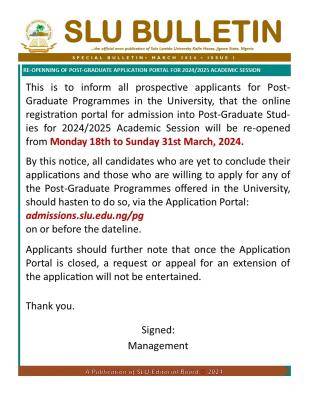Tamu Q-Drop Deadline
At its core, the Q-drop deadline is more than just a date to mark on your calendar. It represents a juncture in the semester, a moment of reflection, decision-making, and potential redirection. For many students, understanding this deadline is the key to making crucial academic decisions without jeopardizing their future.
This article will delve deep into the nuances of the TAMU Q-drop deadline. From its meaning and significance to its implications and processes, we aim to provide a comprehensive understanding, ensuring that every Aggie is well-equipped to make informed academic choices.

Read Also: TAMU IELTS Requirements
Tamu Q-Drop Deadline
Decoding the Q-drop Terminology
First and foremost, let’s tackle what “Q-drop” means. At TAMU, a “Q-drop” allows students to drop a course without incurring a punitive grade. Instead, students receive a ‘Q’ on their transcript, indicating that they dropped the course after the standard add/drop deadline.Tamu Q-Drop Deadline
The Cruciality of the Q-drop Deadline
The TAMU Q-drop deadline isn’t just another date on the academic calendar. Instead, it serves multiple purposes:
a. Provides Flexibility: Students sometimes realize midway through a semester that a particular course isn’t right for them. Perhaps the course material proves more challenging than expected or external factors like personal issues interfere with their academic performance. The Q-drop deadline offers a window of opportunity for students to make this decision without severely impacting their GPA.
b. Maintains Accountability: While it’s tempting to think that a Q-drop deadline offers an easy way out, its existence, in fact, encourages students to weigh their options seriously. The deadline ensures that students can’t frequently jump ship whenever a course seems challenging. It provides a structured timeframe, urging students to consider their options responsibly.
Read Also: TAMU GI Panel Requirements
Factors to Consider Before Q-dropping
Before making a decision, consider the following:
a. Future Implications: Though Q-drops won’t negatively affect your GPA, having multiple Q’s on your transcript might raise eyebrows for potential employers or graduate schools.
b. Financial Considerations: Q-dropping a course could affect your financial aid or scholarship status. Always consult with the financial aid office before making such a decision.
c. Graduation Timeline: Dropping a required course may delay your graduation, especially if it’s not offered frequently.
Read Also: TAMU Engineering Graduation Requirements
Key Dates and the Q-drop Process
So, when exactly is the TAMU Q-drop deadline? While the exact date varies each semester, it typically falls around mid-semester. Always refer to the official TAMU academic calendar to confirm the exact date.
To initiate a Q-drop:
a. Consult with an Advisor: This should always be your first step. They can provide guidance and ensure you’re making the best decision.
b. Complete the Q-drop Form: The form is available online or at the Registrar’s Office. Make sure to fill it out accurately.
c. Submit Before the Deadline: Remember, the form must be submitted by the TAMU Q-drop deadline. Late submissions won’t be entertained.
Read Also: TAMU Engineering GPA Requirements
Alternatives to Q-dropping
Q-dropping isn’t the only option available. Consider the following:
a. Seek Tutoring: TAMU offers numerous tutoring resources. Maybe all you need is a bit of extra help to grasp the course material.
b. Communicate with the Instructor: Sometimes, discussing your concerns with the instructor can lead to valuable insights and solutions.
Read Also: TAMU Nursing School Requirements
Conclusion
The TAMU Q-drop deadline isn’t merely a procedural aspect of the academic journey. Instead, it represents the university’s commitment to balancing flexibility and accountability. By providing students with the option to drop courses without punitive grades, TAMU acknowledges that sometimes external factors or course challenges can impede success. However, by setting a strict deadline, the university ensures that this flexibility isn’t misused.
Ultimately, while the decision to Q-drop rests with the student, it’s crucial to be well-informed. By understanding the implications, processes, and alternatives, you can ensure that you’re making a decision that aligns with both your immediate needs and long-term goals.
